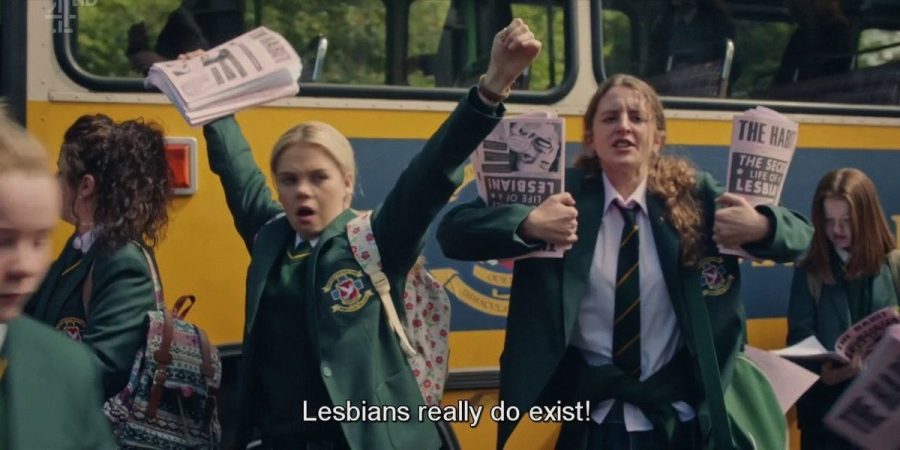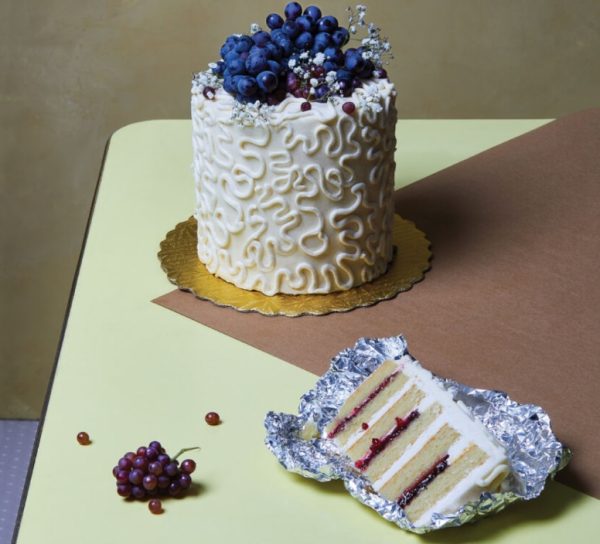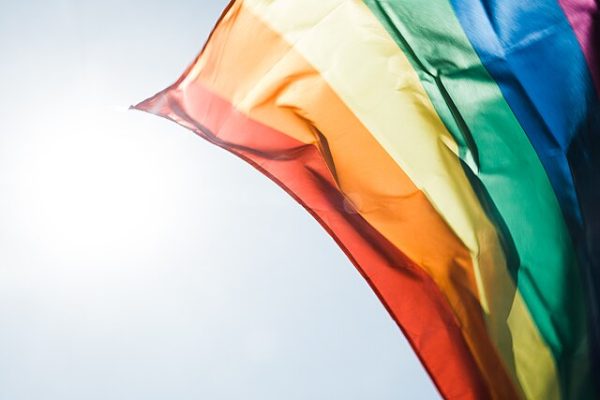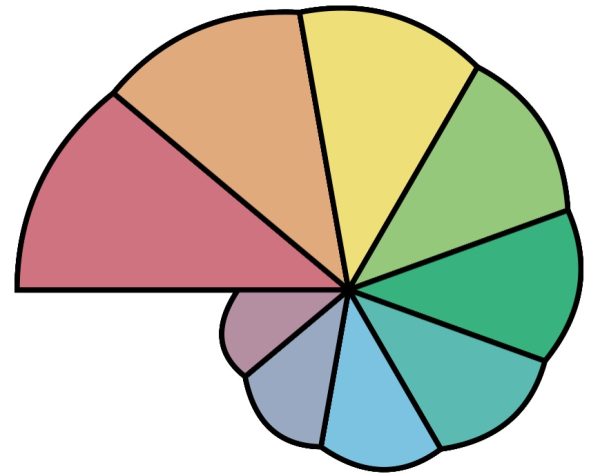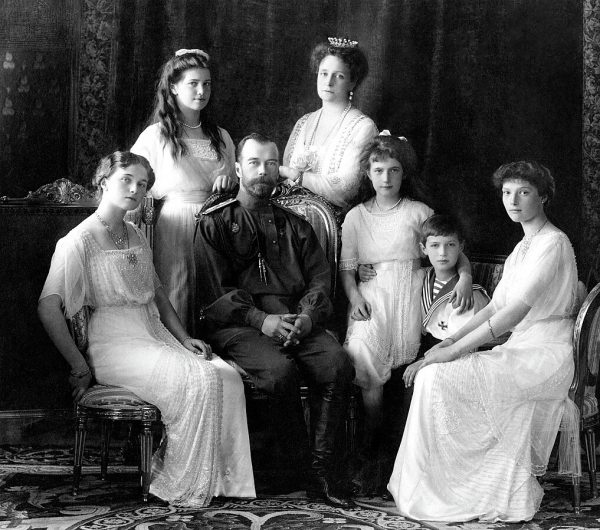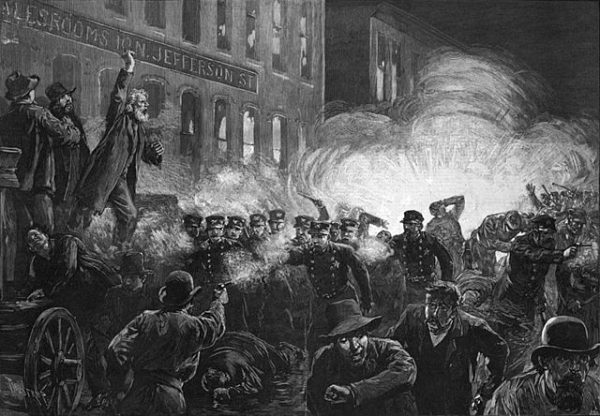Missteps in Queer Rep: Where is Lesbian Nora Ephron?
Over the course of the past decade, the queer community has seen a wonderful increase in media representation. Quality queer characters have thankfully become increasingly less akin to water in the desert as this century has continued, evolving from the token gay best friend in early aughts movies like Mean Girls to authentic roles like those in Billy Eichner’s new movie, Bros. Unless, of course, we are talking about queer women.
Although gay, white, cis men are now getting their own feature films and major network TV shows (a big occasion, I should say), queer women and gender non-conforming people are still relegated to the sidelines. Of course, moments like Rosa coming out to her parents in Brooklyn Nine-Nine or Robin awkwardly conversing with her band kid crush, Vickie, in Stranger Things are exciting and cool, but they ultimately serve as smaller instances in shows largely not focused on them or their queerness. Even shows centering gay male representation like Netflix’s Heartstopper only feature queer women as a quick aside, never really fleshing out their chemistry or history. This focus brackets out perspectives that fall outside the norm, labelling the experiences of queer women and other marginalized queer people insufficiently desirable for the mainstream.
On the rare occasion a queer, female relationship is centered in a TV show, chances are it will be canceled rather quickly. Netflix’s First Kill – an iconic show that revolved around lesbian vampires and vampire slayers – received a swift cancellation after one season. Many online expressed great frustration at the minimal promotion by the streaming service; this left viewers wondering if Netflix wanted the show to fail to have an excuse for why it wasn’t making more sapphic content. And First Kill isn’t alone in this category. Prime’s Paper Girls and The Wilds received cancellations this summer after few advertisements. The new A League of Their Own mini series produced by Prime received some amount of online promotion, but no ad mentioned the queerness integral to the the program. The show has also yet to be renewed for a second season. Although studios should take significant blame for these marketing decisions, cancellations also occur because of audience viewing habits. Audiences that show up for media centered on gay, white men commonly don’t show up for sapphic content. Of course, this creates a vicious cycle wherein the majority of the population is never truly introduced to the stories of queer women and marginalized communities, pushing them further to the sidelines and continually upholding privileged identities as an idealized form of queerness.
Movies are an additional landmine of less than ideal queer female representation. Unlike young straight people, who can easily stumble across cute, cheesy Nora Ephron movies they can relate to, young queer women have to scavenge tumblr for validating media. Sapphic films fall commonly fall into one of two categories: modern woman in the closet or period piece (the most exciting point in the movie is when they brush hands!), both of which focus too much on trauma and strip the joy from meaningful relationships. Many of these films, including movies like The Favorite or Carol, are directed by men with straight actresses occupying roles that should go to queer women. This media is ultimately produced with an eye towards major awards and not sapphic representation. Although these movies might feature queer female characters, they tend to cater to straight, male consumption and contribute to the deligitimatization and distortion of queer female identity that easily leads to violence, no matter their original intentions. Unless sapphic creators are just lacking in talent, studios need to just put more attention and care into producing content that explores the vast diversity of the queer community.
The hard work of queer creators like Alice Osman and Phoebe Waller-Bridge has led to a massive increase in openly gay characters on screen, but the fight for representation should not stop there. Queer women deserve consistent, thorough depictions of their relationships, and that can only occur when they are given the resources to tell their stories. Media like But I’m a Cheerleader, She-ra and the Princesses of Power, and Saving Face has a tangible impact on sapphic people, allowing them to feel more comfortable exploring their identity and simply existing. But this effect can not be achieved by simply tossing some lesbians into a movie and calling it a day.

